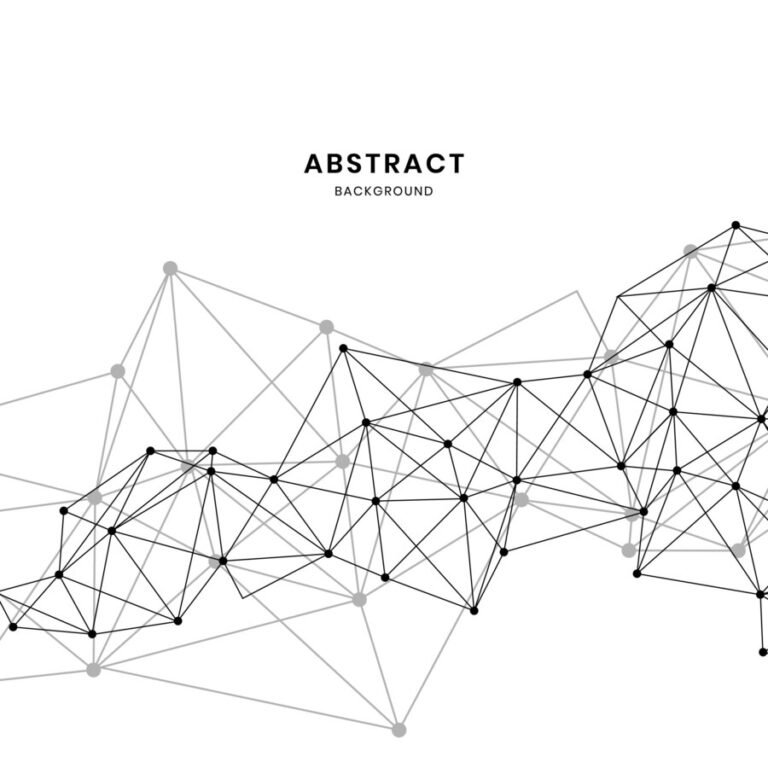
Introduction
Topology is a fascinating branch of mathematics that studies the properties of spaces preserved under continuous deformations, such as stretching, twisting, and bending—but not tearing or gluing. Often referred to as “rubber-sheet geometry,” topology explores how objects are connected and how their structure remains invariant despite transformations. Unlike traditional geometry, which focuses on exact measurements like distances and angles, topology is more concerned with the fundamental nature of shapes and their relationships. From the study of knots to the classification of surfaces has far-reaching applications in physics, biology, computer science, and engineering.
1. What Is Topology?
Topology is the mathematical study of spatial properties that remain unchanged under continuous deformations. Unlike geometry, which deals with rigid shapes and precise measurements, examines more flexible structures where stretching and bending do not alter essential characteristics. For example, a coffee mug and a doughnut are topologically equivalent because one can be smoothly transformed into the other without cutting or pasting. This concept is formalized through homeomorphisms—functions that establish a one-to-one correspondence between spaces while preserving continuity in both directions. Topology is divided into several subfields, including point-set algebraic and differential each addressing different aspects of spatial relationships.
2. Key Concepts in Topology
2.1. Open and Closed Sets
In topology, sets are classified as open or closed based on their boundary properties. An open set does not include its boundary points, meaning that around any point within the set, there exists a small neighborhood entirely contained within it. In contrast, a closed set contains all its boundary points. These concepts form the foundation of topological spaces, where collections of open sets (called a topology) define the structure of the space.
2.2. Continuity and Homeomorphisms
A function between two topological spaces is continuous if the pre-image of every open set is open. Homeomorphisms are bijective (one-to-one and onto) continuous functions with continuous inverses, meaning they preserve topological properties. If two spaces are homeomorphic, they are considered the same in even if they appear different geometrically.
2.3. Compactness and Connectedness
Compactness generalizes the idea of being “closed and bounded” in Euclidean space—a compact set is one where every open cover has a finite subcover. Connectedness describes whether a space can be divided into disjoint open sets; a connected space is one that cannot be split into two separate non-empty open subsets.
3. Major Branches of Topology
3.1. Point-Set (General) Topology
Point-set topology, also called general studies the fundamental concepts of topological spaces, such as openness, compactness, and convergence. It provides the abstract framework for defining continuity, limits, and connectedness without relying on geometric intuition.
3.2. Algebraic Topology
Algebraic topology uses algebraic structures (like groups and rings) to classify topological spaces. Tools such as homotopy and homology groups help distinguish between spaces by associating algebraic invariants to them. For example, the fundamental group captures information about loops in a space, distinguishing a sphere from a torus.
3.3. Differential Topology
Differential topology focuses on smooth manifolds—spaces that locally resemble Euclidean space and have differentiable structures. It examines smooth functions, tangent spaces, and embeddings, playing a crucial role in physics, particularly in general relativity and gauge theory.
4. Applications of Topology
Topology has profound applications across multiple disciplines. In physics, it helps understand the shape of spacetime and quantum field theories. In biology, topological data analysis (TDA) studies the structure of complex datasets, such as neural networks or protein folding. Computer science utilizes in network design and algorithm optimization, while engineering applies it in robotics and material science. Knot theory, a subfield of even finds use in DNA research and cryptography.
5. Conclusion
Topology offers a unique perspective on the structure of spaces, focusing on intrinsic properties rather than exact shapes. Its abstract nature makes it a powerful tool in both theoretical and applied mathematics, influencing diverse fields from quantum mechanics to data science. By studying how spaces transform and connect provides deep insights into the underlying fabric of mathematical and physical reality.